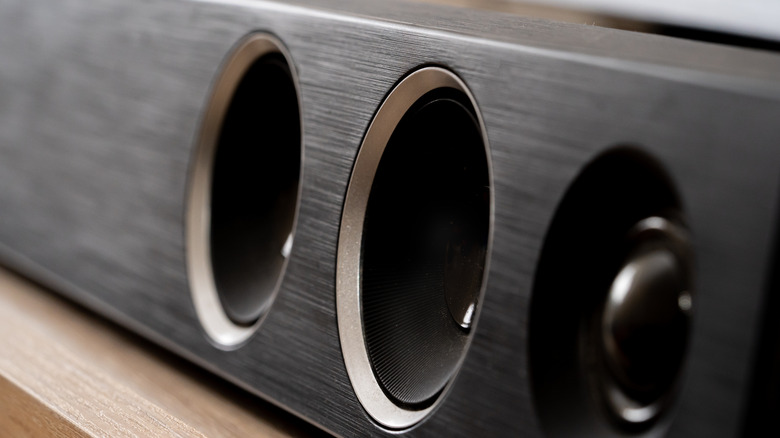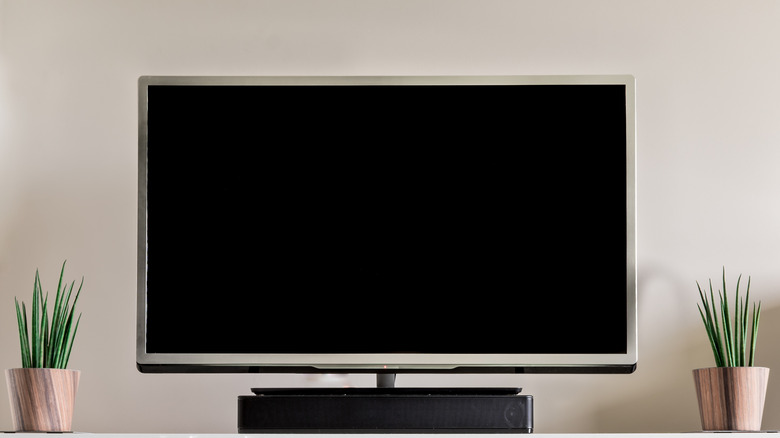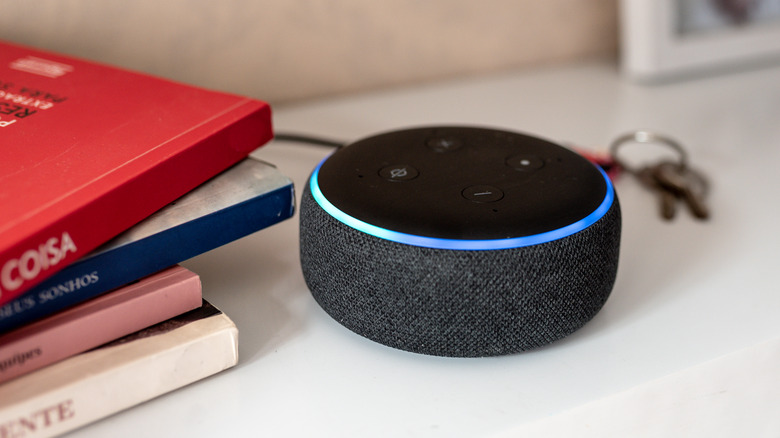Why You Probably Shouldn't Put Your Soundbar In These Places
With all of the streaming content on the market today, finding the perfect audio experience is vital. Soundbars have emerged as an integral part of home entertainment systems, offering enhanced audio quality and sleek designs that complement modern TV setups. However, despite the simplicity of their plug-and-play nature, proper placement is crucial for optimizing your soundbar's performance. While many people may think they can place their soundbar anywhere, specific locations can negatively impact the device's audio quality, efficiency, and lifespan.
An essential aspect of creating an immersive audio experience is understanding the intricacies of sound waves and their behavior in various environments. The placement of your soundbar is a crucial factor in determining how sound waves will travel and interact with the room's surfaces, affecting the overall audio experience.
One of the most critical rules in soundbar placement is avoiding obstructions or alter the natural flow of sound waves, according to the experts at Bose. This rule includes corners or enclosed spaces, which can cause sound waves to bounce in unpredictable patterns and create muffled or distorted audio. Common mistakes can lead to an underwhelming audio experience, even if you've invested in a top-of-the-line soundbar.
Why you shouldn't put your soundbar under other objects
One common mistake is placing soundbars underneath other objects, such as TVs, shelves, or cabinets. Sound waves travel in every direction from their source, and the surfaces they encounter can influence their behavior. When a sound wave encounters an object, part of the energy is absorbed while the rest is reflected. This can lead to interference, resulting in audio distortion, diminished clarity, or even the creation of unwanted echoes.
Placing your soundbar under an object like a TV or shelf introduces several problems. Firstly, it can cause sound waves to become trapped or partially blocked, preventing them from effectively dispersing throughout the room. Confinement can lead to muffled audio or lacking the desired immersive effect.
Placing your soundbar under a heavy object can also strain the device unnecessarily, potentially damaging its internal components over time. This practice can shorten the lifespan of your soundbar and ultimately result in a poor return on your investment. To avoid these issues, you should place your soundbar in a position that allows sound waves to travel freely and minimizes the potential for unwanted reflections.
Why you shouldn't place your soundbar behind the TV or another object
Direct sound is crucial to understanding why placing your soundbar behind objects is not ideal. A clear, direct sound path is essential for maintaining audio clarity and preventing distortion. When you position your soundbar behind an object like a TV, the direct sound path becomes obstructed, causing sound waves to be partially or entirely blocked. As a result, the audio becomes less clear and appears to be coming from an unintended direction.
Furthermore, when obstructions occur with soundwaves, they bounce off the object in front of the soundbar and interact with other surfaces in the room, creating indirect sound. Indirect sound, which reaches the listener after reflecting off surfaces, can interfere with direct sound.
Additionally, hiding your soundbar behind objects can lead to overheating, as the airflow around the device becomes restricted. This problem can cause irreversible damage to the internal components of your soundbar, reducing its lifespan and efficiency.
Why you shouldn't place your soundbar near other wireless devices
Another crucial consideration is the potential impact of nearby wireless devices on your soundbar's performance, according to Bose. Many modern home entertainment systems use wireless technology, including Wi-Fi and Bluetooth, to facilitate seamless connectivity and data transmission. While this convenience is undoubtedly appealing, it can also introduce the risk of interference between devices operating on similar frequencies. This interference can manifest as audio distortion, inconsistent volume levels, or even temporary loss of connection between your soundbar and its source device.
The likelihood of interference increases when you position your soundbar near other wireless devices, such as routers, gaming consoles, or smart home hubs. These devices can emit signals that interfere with the wireless signals used by your soundbar, leading to suboptimal performance and a compromised audio experience.
To minimize the risk of interference, you should maintain a safe distance between your soundbar and other wireless devices in your home. According to Bose, it's wise to keep a minimum distance of around three feet between your soundbar and naother wireless device. This precaution helps prevent signal disruption and ensures that your soundbar operates efficiently and reliably.
In addition to distancing your soundbar from wireless devices, it may also be helpful to adjust your Wi-Fi router's settings or change the wireless channel to minimize potential conflicts with other devices in your network. You can accomplish this by logging in to your router's settings page and looking for the interference options.



